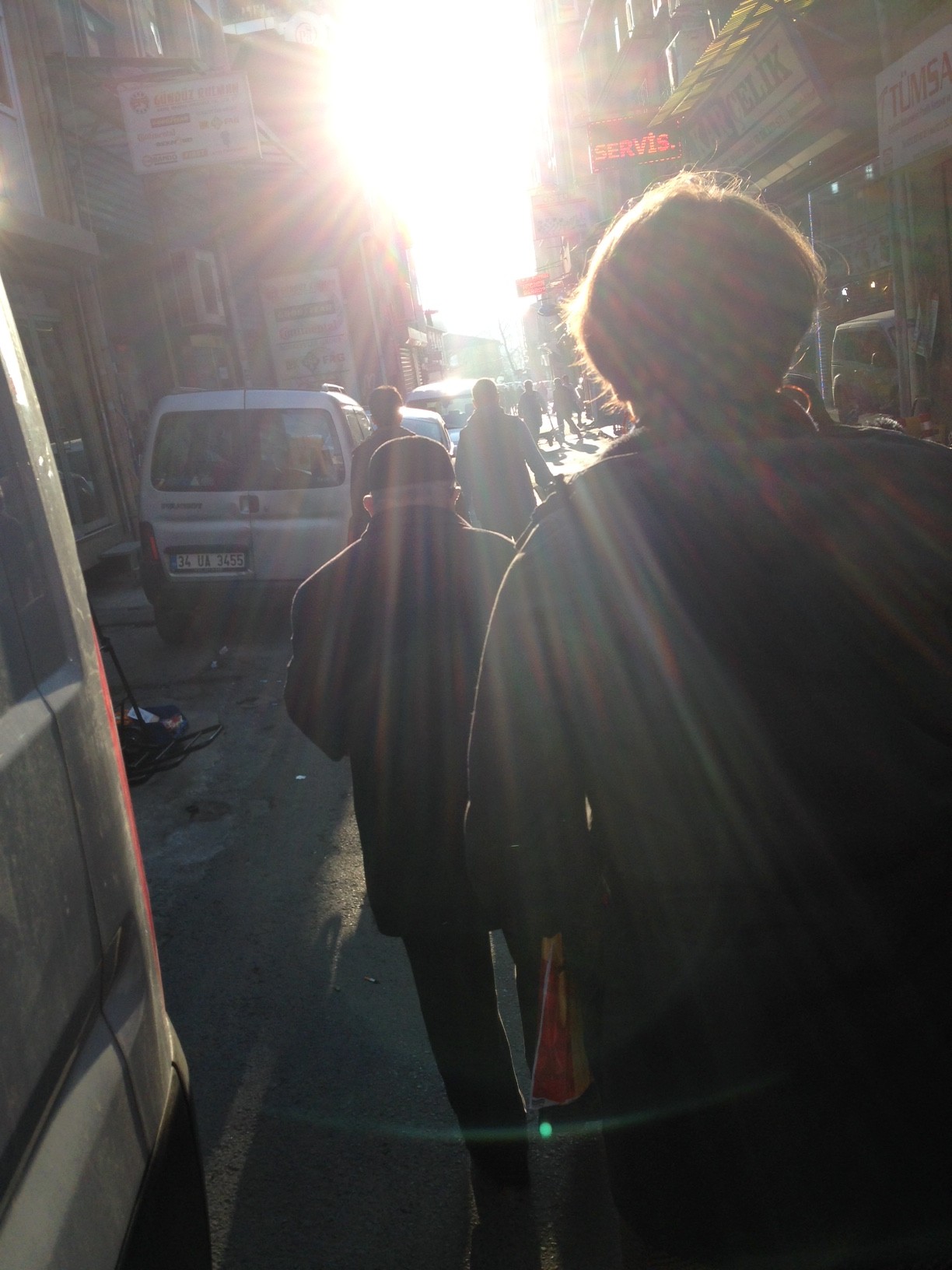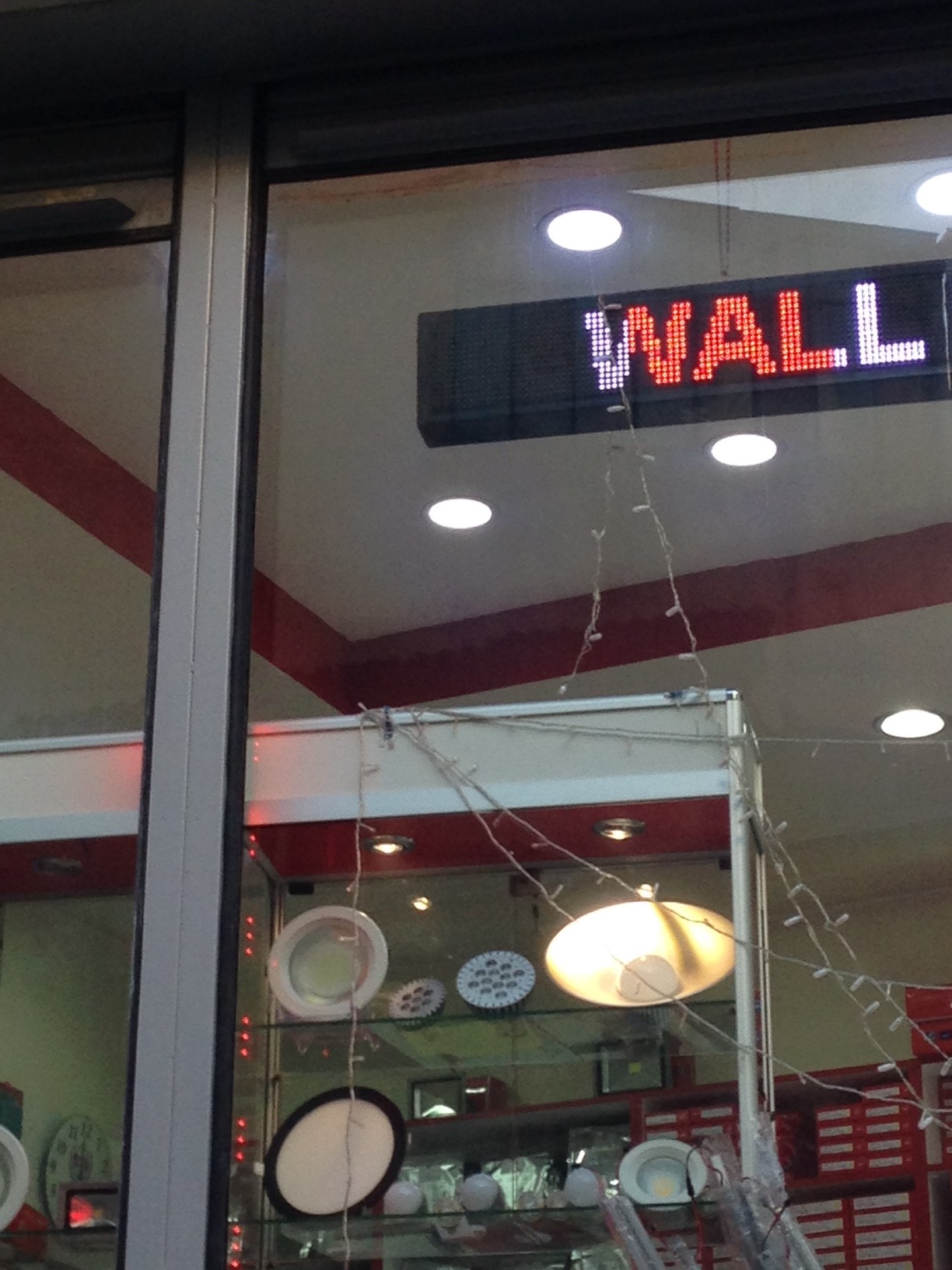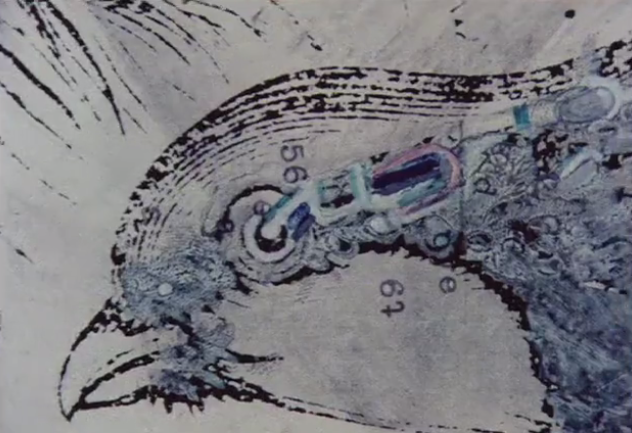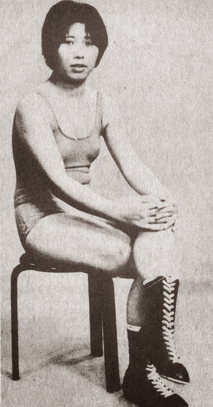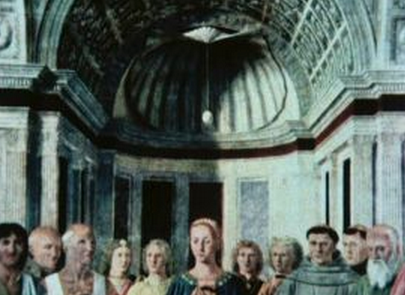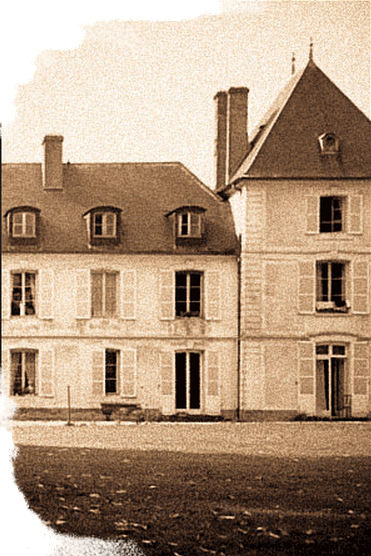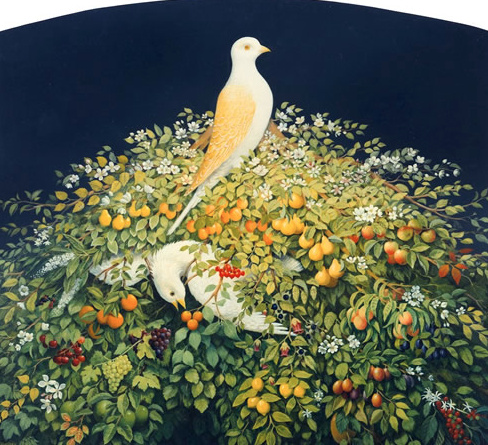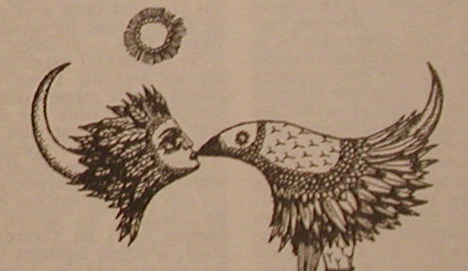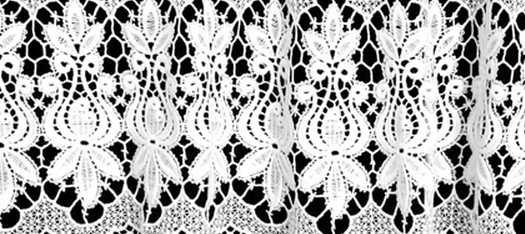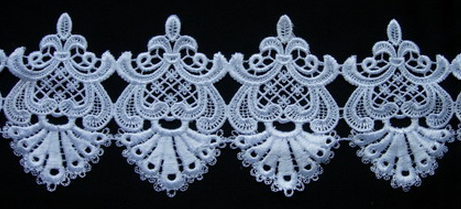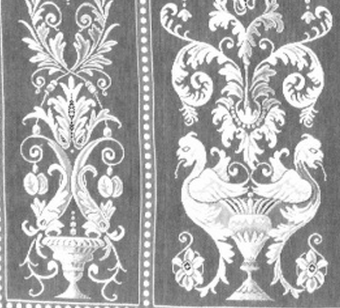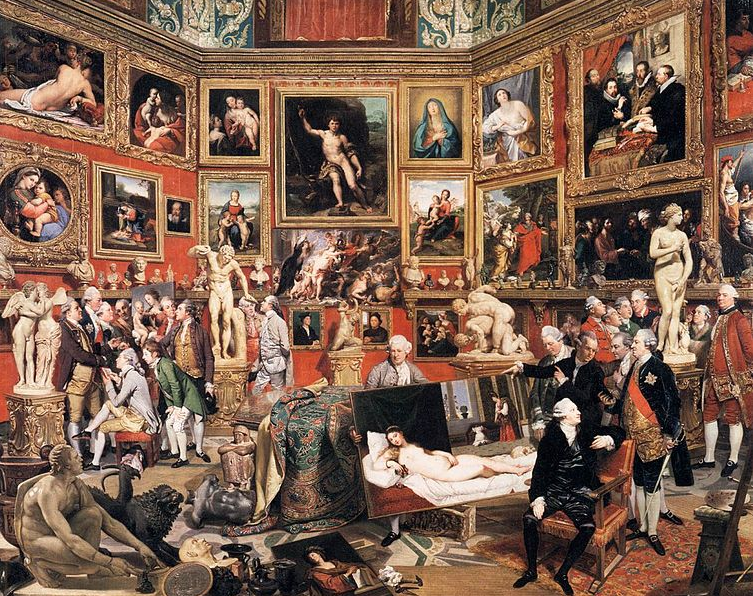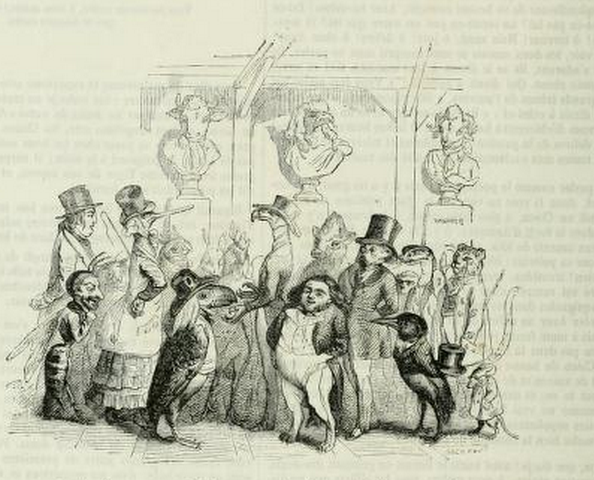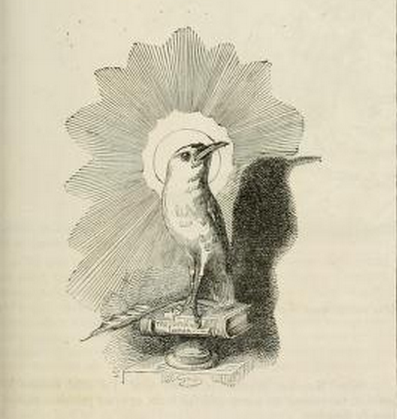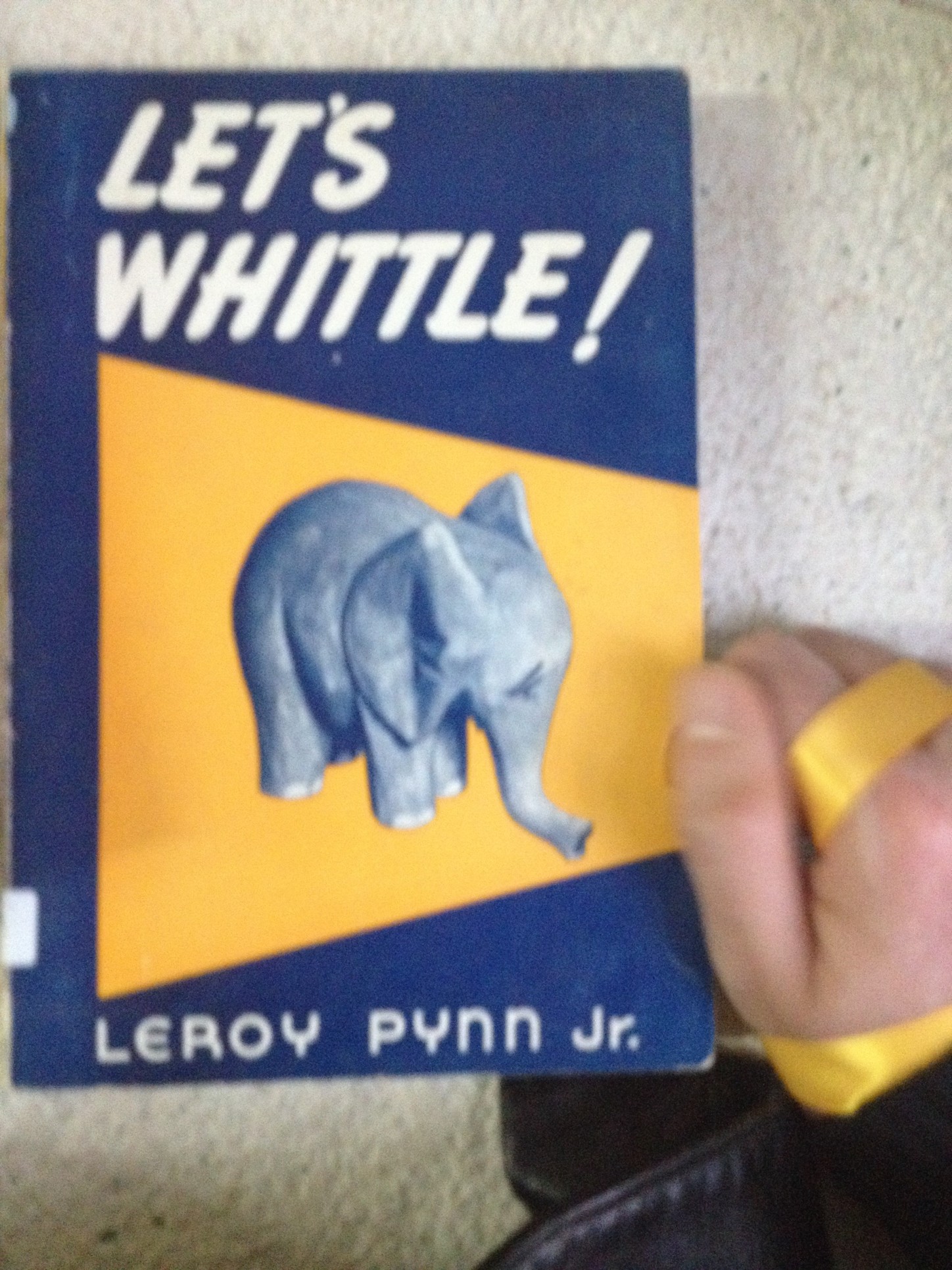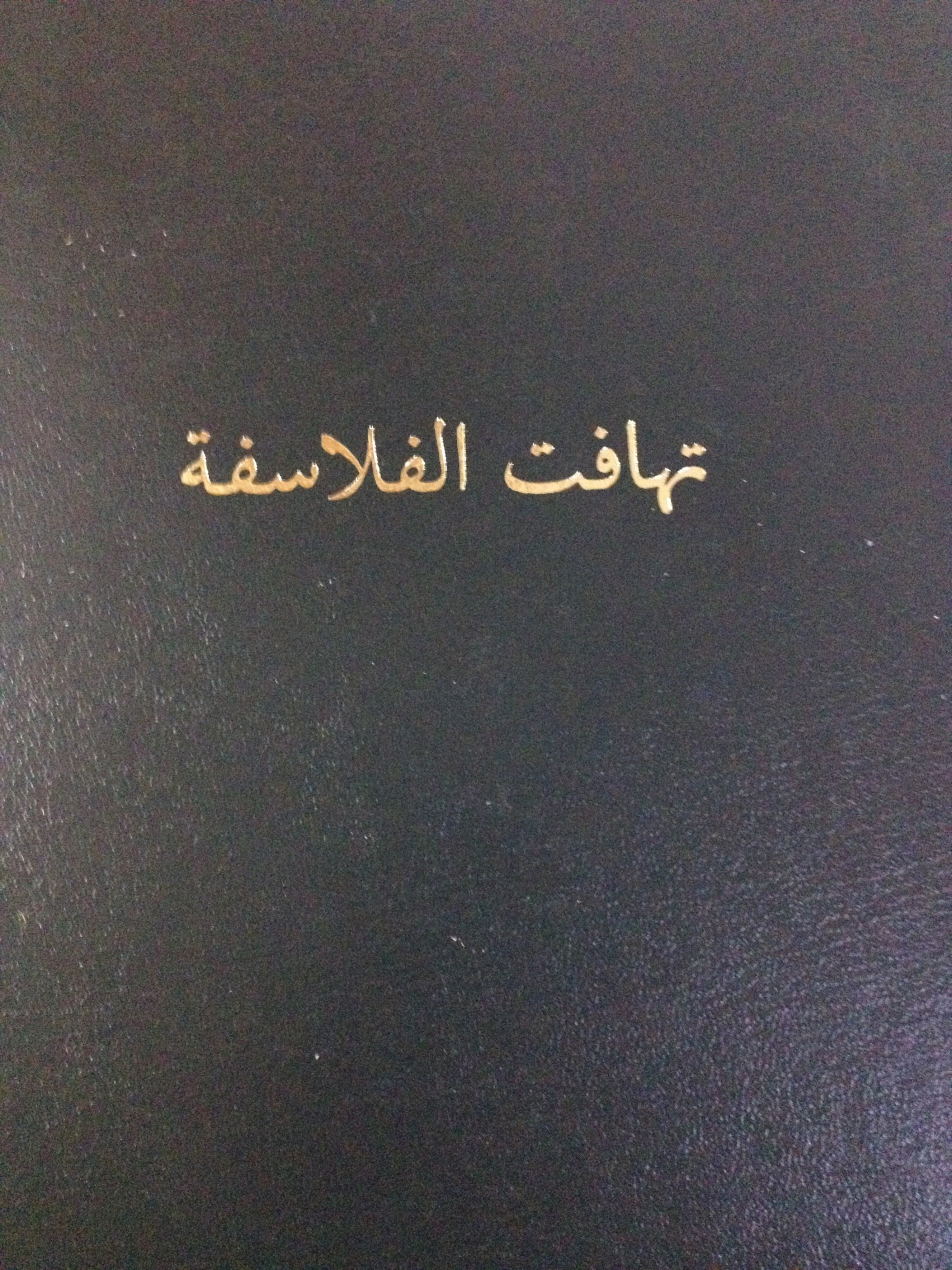We have just received documentation of an extraordinary event that took place in Istanbul this past week, one which seems already to have created a stir amid associates of the Order of the Third Bird.
A number of Birds of the Order, it is reported, held an Action of the Prosphorion, a remarkable Protocol recently resurrected from our very own archives, in an instance, among many others, of fruitful exchange between the Order and ESTAR(SER). Although versions of this Protocol have remained in continuous use, through word-of-mouth channels ultimately traceable to the very 1940s Istanbul milieu that first discovered it among antique sources, the researchers of ESTAR(SER) pride themselves on leading the charge for its systematic revival.
A group of latter-day Istanbul Birds gathered in that city on a Friday in late January, and drew lots to determine which of their number would act as the “Representative” – that is, undergo a series of psychospiritual exercises designed to empty out the self and replace it with the being or emanation of an object presently missing, far away, or long gone. On this occasion the object in question was the wall that once encircled the old Istanbul neighborhood of Galata.
We draw what follows from reports by a number of the Birds who were personally involved, on the condition that we omit the more intimate of the revelations and encounters of the Action, particularly beginning with the phases of the Prosphorion known as “Abscission” and “Veillance.” However, the general atmosphere of the events – though perhaps not as charged as it was for the participants – can still be reconstructed for our readers.
The Representative, having entered what is called the stage of Radiance – in which the being of the Wall of Galata shone forth from what had been the lineaments of her body – began her path in disoriented and halting fashion, a stranger in a changed city, but slowly recovered her natural regal bearing. The Wall, wending its way, was seen to halt pedestrians and vehicles in their tracks by a single raised hand. At each turning, the bustle of city life paused, if only to blink once and continue, at the sight of her.
The Wall’s increasingly sure path led it among the building supply shops and family hardware outlets of Galata as the afternoon waned. The streets bristled with signs and portents, as with sparks of static discharge.
Eventually, as we gather, the procession of supplicants following the reincarnated Wall reached what appeared to be a dead end. The Wall desired to reach a certain one of its former gates, but was blocked by new construction and the maze of shops and depots. The Wall spoke in a human voice to ask for directions to this gate, insisting to a group of bewildered and half-hypnotized shop owners and delivery clerks that it must be just around the corner, despite all appearances.
After some negotiations, the procession was led deeper into the labyrinth, by way of a short, steep flight of stairs into the basement floor of a building. Undersea light filtered down from an unusually large central skylight several stories above; workmen in small alcoves bent over indefinable tasks and objects; a bucket swung from a rope disappearing into the haze above. Up another spiraling flight of stairs, around a corner, and by way of an unexpected second story exit to another street, suddenly it was before them – one of the remaining fragments of the original wall of Galata. A passage through the wall – the gate – linked two anonymous and disused pockets of Istanbul. An elevated train thundered by.
It was precisely at this point of revelation and reunion, we are told, that the Prosphorion Protocol demanded an act of renunciation and negation (or “Abscission”). It was a lesson for some, and very moving for all; but here is where the outsider must step back and be silent.
The recent revival of the Prosphorion Protocol and attendant Protocol of the Representative appears to be one of the more fascinating and promising developments within the Order. Further information, documentation, and meditation is welcome.


